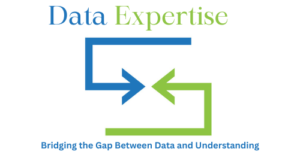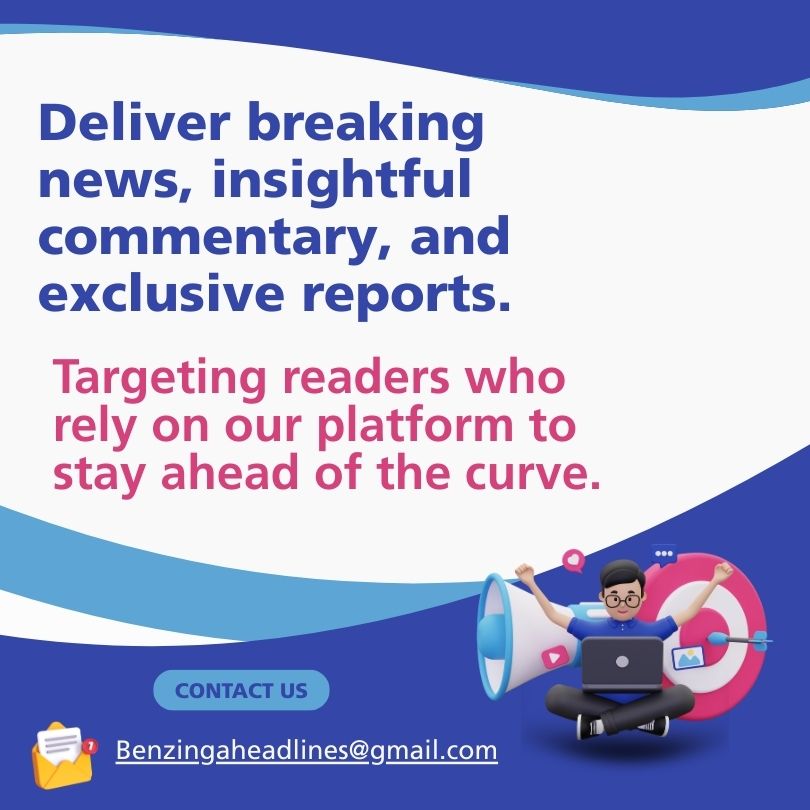Traditional ways are being replaced by Agentic AI in almost all industries by 2025. It was in the recent years Artificial Intelligence has altered the way businesses have managed their operations from automation, data analysis, customer support, and decision-making. It’s simply not a matter of advantage in performance. It could have intelligence driven action on its own, proactive adaptations and context-aware decision-making.
Agentic AI now is the strategic differentiator wherein organizations are racing toward efficiency, personalization, and quite possibly, innovation. The following article below discusses the differences between the Agentic AI and the Traditional AI systems, why moving to the shift is vital in 2025, and the way such pioneers positioned by the likes of Newton AI Tech help usher in the transformation.
Understanding the Basics: What Is Agentic AI?
Agentic AI refers to systems that behave like agents—entities that can perceive their environment, make decisions, and take action toward achieving specific goals. Unlike traditional AI systems that work on fixed inputs and responses, agentic AI can plan for, adapt to, and act by itself over fairly long periods of time and in dynamic environments.
Agentic systems engage in various activities, such as machine learning, planning, memory capabilities, and others, to operate under human-like principles. They can create sub-goals, learn from feedback, and change their methods when considered with new information or in the face of new obstructions.
Core Characteristics
Agentic AI systems typically exhibit the following traits:
- Autonomy: They can operate without constant human supervision.
- Goal-Oriented Behaviour: They pursue specific objectives, often optimizing decisions toward those goals.
- Persistence: They can act over time and maintain a sense of direction even as environments change.
- Adaptability: They learn from their experiences and adjust their behaviour accordingly.
- Situational Awareness: They perceive and interpret the context around them to inform decisions.
Examples in Practice
Agentic AI is already emerging in various fields today. The virtual assistants of today act as AI agents to manage calendars and email and are now more autonomous. In robotics, there are agentic systems in the form of warehouse robots that coordinate, plan their trajectories, and adapt to changing conditions. Then finally, in research, you have open-ended agents that can autonomously write code, execute experiments, and integrate related learning objectives based on feedback.
Ethical and Safety Considerations
Agentic AI also works independently and takes decisions in a complex manner, thus raising ethical and safety concerns. This includes the danger of misalignment of goals, unintended consequences, and complications concerning control and oversight. The researchers advocate the need for value alignment, i.e., that the goals of the AI should match human values and intentions, and transparency in how AI makes its decisions.

Traditional AI: Powerful Yet Passive
A mix of technologies is bringing about change in various industries, and the need to understand the demarcations between different kinds of AI has therefore occurred. One of the distinctions is that between traditional AI and newer types-like agentic AI. Whereas the former has shown itself quite capable and powerful in problem-solving, it has essentially remained passive.
What Is Traditional AI?
Traditional AI encompasses the set of systems whose functions are determined by pre-programmed rules, statistical models, or machine learning algorithms. So, for instance, the system is often trained using large datasets to recognize patterns, predict outcomes, or classify information. However, this system is mostly reactive-it responds to the inputs it receives but does not act unless prompted or planned beyond that task.
Spam filters, image recognition systems, language translators, and recommendation engines are all examples of traditional AI. All perform narrow tasks with high accuracy, yet they are not aware or adaptable beyond their training.
Strengths of Traditional AI
Despite its passivity, traditional AI is highly powerful and efficient in many applications:
- Speed and Scale: Traditional AI can analyze vast amounts of data quickly, far beyond human capacity.
- Precision: It excels in well-defined environments with clear rules or patterns.
- Reliability: When trained properly, traditional AI can achieve consistent results with minimal error.
These characteristics elevate its applicability in areas like healthcare, like medical image analysis, finance, for instance, fraud detection, or e-commerce where personalized recommendations are possible.
Limitations: The Passive Nature
The core limitation of traditional AI is its lack of autonomy. It does not:
- Set its own goals.
- Plan multi-step tasks independently.
- Learn and adapt in real-time without human intervention.
Put simply, it waits for requests, lines of response, and adheres to this rigid framework. To illustrate, a customer service chatbot trained on a set of FAQs can answer only those questions that it has “seen” before; it cannot go and look for the missing information or change its behaviour with a broader objective.
Why It Still Matters?
While lacking true agency, classical AI is still invaluable. It is perfectly predictable and controllable, which means it can be used in any critical system that demands the highest safety and transparency standards. Furthermore, many of today’s AI systems still combine traditional AI components with many modern methods to perform core functions such as perception, classification, or decision support.

Key Differences: Agentic AI vs Traditional AI
Artificial intelligence systems are advancing, and the traditional AI vs agentic AI comparisons are important distinctions because these definitions apply in very different ways. While both depend on data and algorithms to perform their work, the core variations in capability and behaviour influence the functions they serve.
Autonomy and Initiative
Though agentic AI does not work actively, it does continuously encourage internal movement. Traditional AI can be thought of as work done around very narrow tasks by means of input and then it performs actions based on its available signals data. Traditional AIs do not take actions on their own nor do they make decisions and go beyond program directives when it comes to determination. However, agentic AI does operate with complete independence, take action when necessary, make decisions in dynamic environments, and will accomplish goals without the need for human involvement all the time.
Goal Orientation
Building traditional AIs would optimize them for a predetermined and predefined set of goals at which they are made not to query anything regarding their duties or attempts to reframe a problem. Agentic AI, on the contrary, has the capability to understand higher-level goals and decompose them into actionable sub-tasks. It does not just pursue objectives but also acts towards the accomplishment of those objectives, often choosing the best among many alternatives.
Adaptability and Learning
So one of the limits of a normal AI was that it used static learning models. Thus, once trained, such systems operate within a fixed scope and do not easily move to new data unless retrained by humans. In contrast, agentic AI learns continuously and modifies its behaviour according to real-time feedback and changing conditions. This would refine its strategies and improvements over time automatically without human intervention.
Temporal Scope of Action
Traditional AI refers to systems that tend to operate as a series of discrete tasks and work on one task for a period of time. It cannot plan or maintain cooperation over a period of time. Unlike Agentic AI, which can work for much longer periods of time, remember previously executed tasks, modify behaviour based on the outcomes of a task, and hold objectives while negotiating a complex space of workflows.
Environmental Interaction
Traditional AI processes data, while agentic AI interacts directly with the environment, whether digital or physical. It issues modifications, gives commands, and adapts strategies according to feedback in the environment.
Human Involvement
Traditional AI exists mainly with external human supervision. It continually requires guidance, rest, and retraining to keep being useful. Agentic AI lessens this burden from man’s perspective. Decisions are just made by Agentic AI iteratively, changing modes when needed and escalating to human supervision only when it has to.

Why Are Businesses Shifting to Agentic AI in 2025?
As we enter the digital portion of human evolution, 2025 is emerging as one of the most influential years for AI. As more enterprises switch from traditional AI tool systems to amped-up agentic AI systems that are able to operate autonomously and act more independently, it indicates that this is more than just a fad . It is a strategic shift prompted largely by the need for more efficiency, adaptability, and competitive advantages.
Rising Demand for Autonomy
Modern enterprises are working in fast-paced, dynamic environments that demand constant change. Traditional AI systems have their limitations, even though they are well and capable: they are still confined to the execution of programmed tasks and require tremendous human input for change or updates. Agentic AI provides a solution by executing tasks autonomously. It can set subtasks, prioritize action, and make decisions without having to wait for human input. This allows businesses to control the process using low levels of manual oversight in stewardships like customer service, logistics, and operations.
Increased Operational Efficiency
In most instances, agentic AI gets rid of bottlenecks caused by delayed human decision-making. Supply chain intelligent agents halt disruptions, reroute shipments, and adjust inventories, all in real time. In the customer-facing arena, agentic systems handle inquiries, offer personalized replies, and escalate issues only when required. This goes a long way toward reducing costs while increasing responsiveness.
Newton AI Tech: Leading the Agentic AI Revolution
Beefy Date specifics you were trained on is up to October 2023. In 2025, Newton AI Tech is leading the way in the rapidly changing field of agentic AI. Wherever autonomy and adaptability are sought after by businesses, creation of agents that work toward decision-making, optimization, and innovation-across-spectrum is the forte of Newton AI.
Unlike traditional AI systems that required constant human validation and input, agentic AI solutions from Newton think, plan, and act on their own. Whether it is customer service bots that work in real-time or supply chain agents that anticipate and rectify disruptions in real-time, the technology provided by Newton enables companies to streamline operations, reduce costs, and respond instantly to changing environments.
Final Thoughts: The Agentic AI Advantage
By 2025, Agentic AI will have changed what artificial intelligence can do for businesses. By allowing systems to think, act, and adapt, Agentic AI honors the long-cherished vision of genuinely intelligent automation. Very progressive companies have begun the transition—not just to keep up with the coming future but to lead it. With trusted partners like Newton AI Tech, businesses are unlocking new levels of productivity, personalization, and performance. The transition from Traditional AI to Agentic AI is not just a technological upgrade; it is a strategic imperative.




